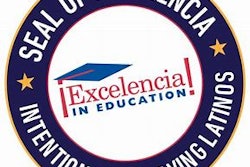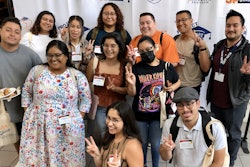Education Gaps Among U.S. Hispanics
Stagnating Economic Progress
Study shows Hispanics more likely to attend two-year colleges, but less
likely than other ethnic groups to transfer to a four-year institution
By David Pluviose
WASHINGTON
A report released earlier this month by the National Academies’ National Research Council finds that education and training are key to giving America’s Hispanic workers and their children the tools necessary to participate in the country’s future. The report, titled “Multiple Origins, Uncertain Destinies: Hispanics and the American Future,” is a thorough examination of Hispanic life in the United States, covering economic, health, education and other issues.
Hispanics are the largest minority group in the United States, and their numbers are growing. Hispanics currently represent 14 percent of the U.S. population, a figure that is expected to grow to 25 percent within 20 years. The population is also young — the median age is 27, versus 39 for non-Hispanic Whites.
Many Hispanics, especially immigrants, remain at the bottom of the economic ladder in low-paying service jobs — mainly due to a lack of formal schooling and English proficiency, the report finds. Also, both native- and foreign-born Hispanics are less likely than their non-Hispanic counterparts to finish high school. Approximately 40 percent of Hispanic high school students attend impoverished inner-city schools
that graduate less than 60 percent of their incoming freshmen.
Dr. Marta Tienda, the chair of the NRC panel, says Hispanic children aren’t being pushed towards college during their middle school years. By the time the students reach high school, many are too far behind academically to make college a realistic option. And others, she says, don’t feel the need to attend college because none of their classmates are. According to the report, a recent study found that 37 percent of Asian American eighth-graders planned to enroll in a college preparatory curriculum in high school. About 31 percent of White and 25 percent of Black eighth-graders also had college prep aspirations. But that number dropped to 23 percent for Hispanic students.
Tienda, who is also the Maurice P. During Professor in demographic studies and a professor of sociology and public affairs at Princeton University, says teachers and counselors hold a powerful influence over children during those middle school years. Instilling the need for college in students at that age is likely to impact their high school goals, she says.















